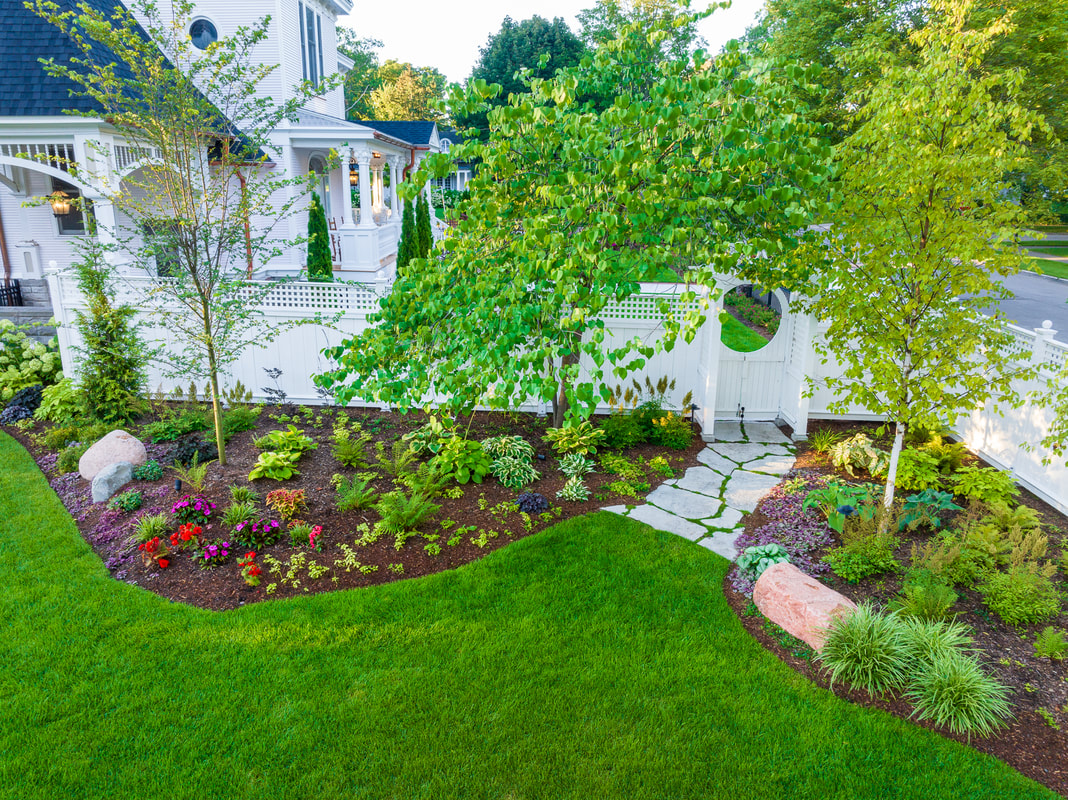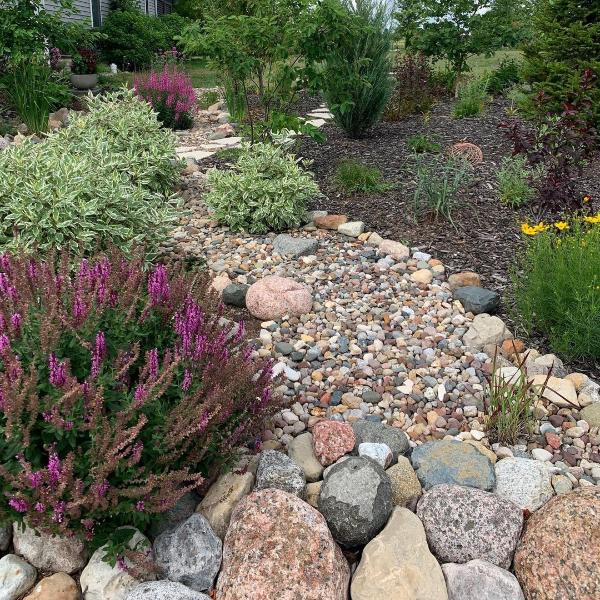The Single Strategy To Use For Hilton Head Landscapes
The Single Strategy To Use For Hilton Head Landscapes
Blog Article
8 Simple Techniques For Hilton Head Landscapes
Table of ContentsThings about Hilton Head LandscapesHilton Head Landscapes Can Be Fun For AnyoneHilton Head Landscapes Can Be Fun For Anyone3 Easy Facts About Hilton Head Landscapes ShownHilton Head Landscapes for BeginnersThe Hilton Head Landscapes IdeasThe 6-Minute Rule for Hilton Head LandscapesExamine This Report on Hilton Head Landscapes
Type compatibility is likewise a major element of unity in designone or 2 strikingly different types are excellent for comparison and focus, yet generally all other types need to have some similarities for a merged appearance. Texture refers to exactly how crude or fine the surface area of the plant or hardscape product feels and/or looks.
Examples of plants with rugged appearance include philodendrons, agaves, bromeliads, hollies, hands, and hydrangeas. Features that create great texture consist of little foliage; slim, strappy leaves (yards) or tall, thin stems; little, dense twigs and tiny branches; long stems (creeping plants); and little, delicate blossoms.
Some Known Details About Hilton Head Landscapes
Most plants are medium texture, in that they can not be explained as having either rugged or fine appearance. Medium-textured plants act as a history to link and merge the coarse- and fine-textured plants.

To make a room really feel smaller sized, position the coarse structures along the outer border and the great structures closest to the audience. The detail of the rugged structure makes the plants show up closer and makes the room really feel smaller sized. The regarded appearance of plants can also change with the distance from the plant.
About Hilton Head Landscapes
Strong colors increase the contrast and make the texture show up coarser, while muted shades can flatten texture. Hardscape with a coarse texturesuch as really harsh rocks and bold, large timberstends to make all plant product show up a lot more average textured. Developers commonly establish a structure study (Figure 8) theoretically to help choose the arrangement of plant products.
Shade in plant material and hardscape includes rate of interest and variety to the landscape. Shade is the most noticeable aspect in the landscape and is typically the emphasis of the majority of property owners; nonetheless, it is also the most short-lived aspect, usually lasting just a couple of weeks a year for private plants.
The Buzz on Hilton Head Landscapes
A basic summary of the shade wheel consists of the 3 main colors of red, blue, and yellow; the three second shades (a mix of two primaries) of eco-friendly, orange, and violet; and 6 tertiary shades (a mix of one surrounding primary and additional color), such as red-orange. Shade concept explains the relationship of colors to each other and how they should be used in a structure.

Comparable (sometimes called harmonious) color design are any three to 5 shades that are surrounding on the shade wheel, such as red, red-orange, orange, yellow-orange, and yellow, or blue, blue-violet, and violet (bluffton landscaping). The colors are associated per other since they typically include two primaries mixed to form a secondary and two tertiary colors, which means they share common residential properties
They often tend to have high comparison between them. The most common sets are violet and yellow, red and green, and blue and orange. Complementary shades are often found normally in blossoms; an usual set is yellow and violet. Shade is located in the flowers, foliage, bark, and fruit of plants.
Our Hilton Head Landscapes PDFs
Environment-friendly foliage in all its different tones is the dominant shade by quantity, but other colors record focus a lot more easily due to their high comparison to the shade green. Shade is also discovered in buildings, rocks, pavers, wood, and furniture. Most shades in all-natural products, such as stone and timber, are usually muted and have a tendency to be variations of brown, tan, and light yellow.
Color is an essential aspect for developing rate of interest and selection in the landscape. Shades have properties that can impact feelings, spatial assumption, light high quality, equilibrium, and focus. One building of shade is defined loved one to temperaturecolors show up to be cool or cozy and can impact feelings or sensations. Awesome shades have a tendency to be calming and should be used in locations for relaxation and calmness.
How Hilton Head Landscapes can Save You Time, Stress, and Money.
Awesome shades have a tendency to recede and are perceived as being further away, making a space really feel larger. Shade can also be utilized to record interest and straight views.
Intense yellow, which has the greatest intensity, additionally has a high contrast with all other shades (typically defined as a "pop" of color) and must be used moderately. A small amount of extreme shade has as much aesthetic weight as a large amount of a more suppressed or weak color.
Comparable (occasionally called harmonious) color plans are any kind of 3 to five colors that are surrounding on the shade wheel, such as red, red-orange, orange, yellow-orange, and yellow, or blue, blue-violet, and violet. The colors relate per various other because they typically consist of two key colors mixed to create an additional and two tertiary shades, which implies they share usual homes.
What Does Hilton Head Landscapes Mean?
Complementary colors are often found normally in blossoms; an usual set is yellow and violet. Color is found in the flowers, foliage, bark, and fruit of plants.
Green foliage in all its different shades is the dominant color by amount, yet other colors capture attention more conveniently due to their high contrast to the shade eco-friendly - landscapers hilton head island - https://gravatar.com/stevenagonzales. Shade is likewise discovered in buildings, rocks, pavers, timber, and furniture. Most shades in natural materials, such as rock and timber, are generally find out here now low-key and tend to be variants of brown, tan, and pale yellow
The Best Guide To Hilton Head Landscapes
Colors have residential properties that can influence feelings, spatial perception, light quality, balance, and emphasis. Awesome shades often tend to be relaxing and need to be made use of in areas for relaxation and calmness.
Great colors have a tendency to decline and are regarded as being further away, making a space really feel bigger. Color can likewise be used to record focus and straight views - https://justpaste.it/e9f4d.
Bright yellow, which has the highest possible strength, additionally has a high contrast with all other shades (typically described as a "pop" of color) and must be utilized moderately. A little amount of extreme color has as much aesthetic weight as a big amount of a more restrained or weaker shade.
Report this page